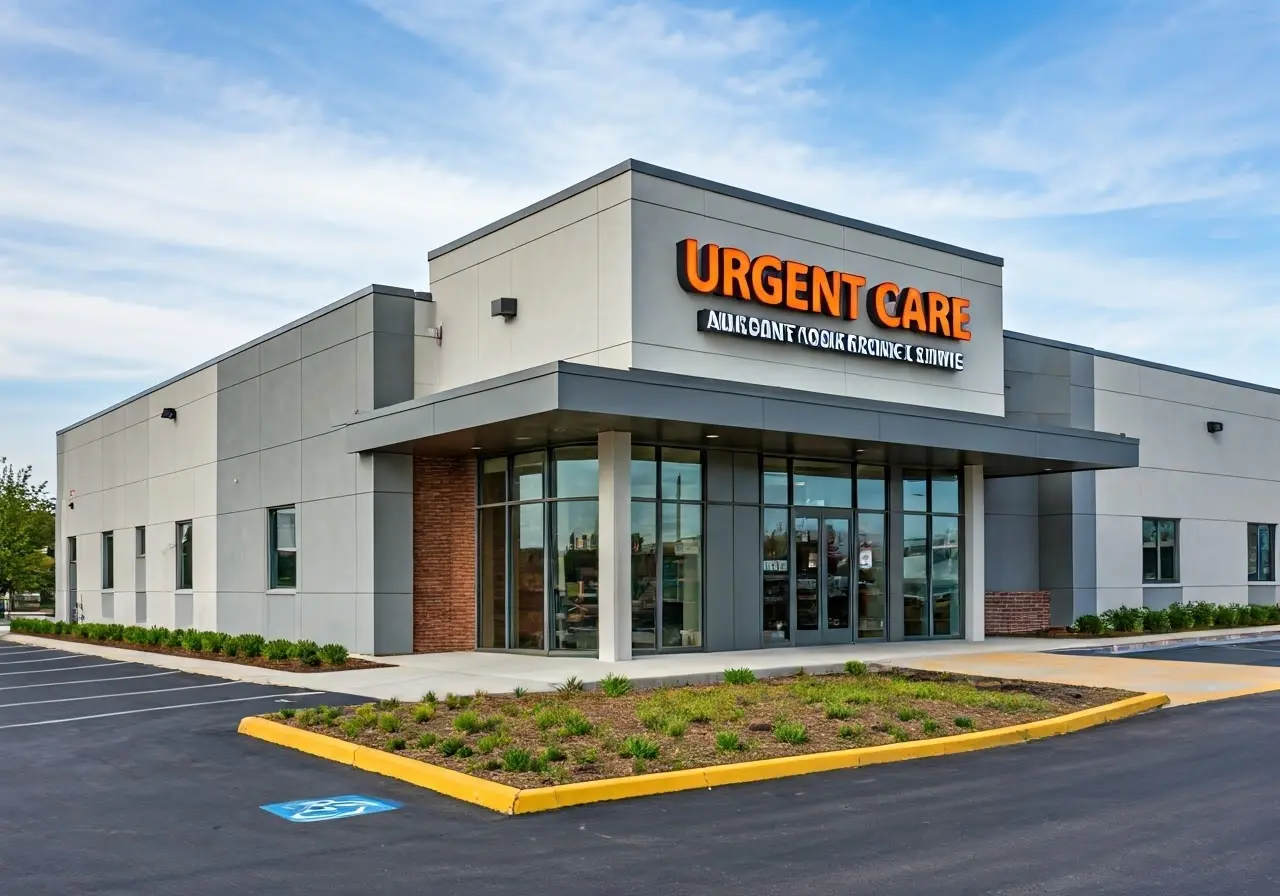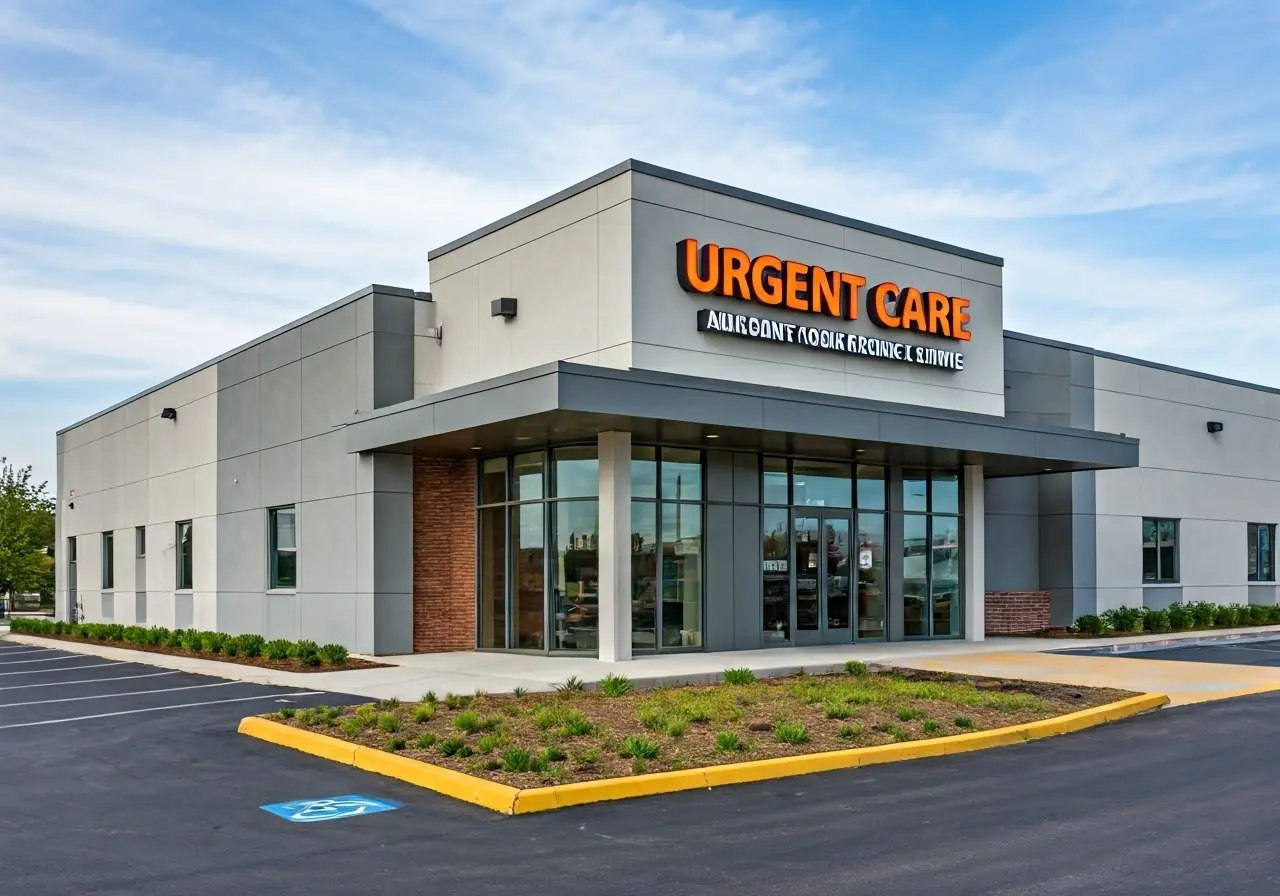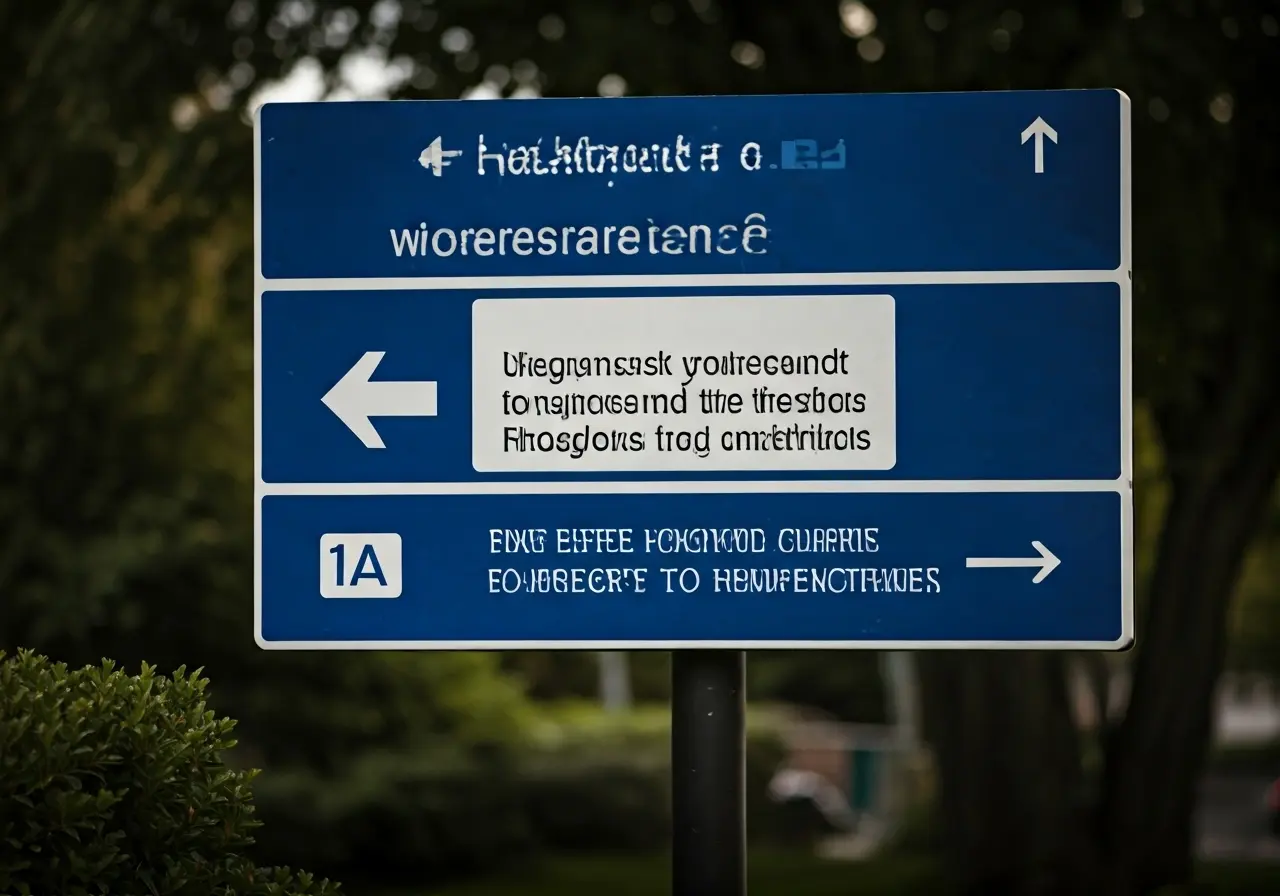When you or a family member gets injured or falls ill, the first thing that comes to mind is finding the most appropriate and efficient care. But with options ranging from local urgent care centers to emergency rooms, it can be confusing to decide where to go. In this FAQ, we’ll explore whether local urgent care is a suitable alternative to emergency rooms, helping you make informed decisions about your healthcare needs.
Understanding the Differences Between Urgent Care and Emergency Rooms
The primary difference lies in the type of care provided. Urgent care centers handle non-life-threatening issues like minor cuts, sprains, or flu symptoms. Emergency rooms are designed for serious and life-threatening conditions such as heart attacks, severe injuries, or stroke.
In many ways, urgent care acts as a middle ground between a primary care visit and an emergency room trip. While both urgent care and emergency rooms provide immediate care, their levels of treatment complexity differ. Urgent care offers prompt treatment for less severe ailments, ideal for situations that can’t wait for a regular doctor’s appointment but aren’t serious enough to warrant the comprehensive resources of an ER.
It’s vital to understand that while local urgent care facilities aim to offer comprehensive services, there are limitations. Unlike emergency rooms, urgent care centers may not be equipped to perform complex diagnostics or surgeries. However, their role in easing healthcare system burdens, especially for non-emergent situations, is undeniable and crucial.
Evaluating the Cost and Time Factors
Urgent care centers generally offer a more affordable alternative to emergency rooms, with shorter wait times. This makes them a popular choice for patients needing care without the need for emergency-level intervention, potentially saving both time and money.
The financial implications of choosing between urgent care and an emergency room visit can be significant. An ER visit often results in higher out-of-pocket expenses due to the extensive use of hospital resources, facilities, and specialized staff. Urgent care centers, with their tailored focus on non-emergency medical issues, typically impose lesser financial burdens on patients.
Time is often of the essence when dealing with health concerns. Waiting in emergency rooms can be particularly long, especially when more critical cases take precedence. Urgent care centers often guarantee quicker service due to the nature of cases they handle, and they streamline their processes accordingly.
For those concerned about the financial burden of medical care, it is also worthwhile to consider the insurance aspect. Many insurance policies favor urgent care visits over emergency room services, reducing out-of-pocket expenses further. This factor can significantly influence healthcare decisions, emphasizing the practicality of opting for urgent care when suitable.
Considering Accessibility and Convenience
Local urgent care facilities are often conveniently located and can be accessed with or without an appointment. They typically offer extended hours, making them an accessible option for those needing medical attention outside regular business hours.
In metropolitan and rural areas alike, the proximity of an urgent care center can be a deciding factor for many. These centers are strategically established to cater to community needs, offering an essential service for people who might otherwise have limited options for immediate care.
Unlike ERs, which can be intimidating and often require intense navigation of complex hospital systems, urgent care centers tend to offer a more straightforward, welcoming experience. Many individuals find comfort in knowing they can see a healthcare professional promptly without the need for prior scheduling or extensive travel.
In our fast-paced world, healthcare can’t always wait. Urgent care responds to this timely need by extending their operational hours beyond those of typical healthcare providers, making them viable options for busy individuals. Accessibility translates to flexibility, and this flexibility can be key in coordinating healthcare around one’s daily life.
Knowing When Urgent Care is Not Enough
While urgent care can handle a variety of medical concerns, it is vital to recognize when a situation requires the advanced resources and equipment of an emergency room, such as severe chest pain, difficulty breathing, or major trauma.
Certain medical emergencies demand immediate, sophisticated intervention only available in ER settings. Conditions such as uncontrolled bleeding, significant head injuries, and severe burns necessitate the comprehensive care that only emergency departments with complete hospital resources can provide.
Understanding the severity of your condition is crucial. If there’s any hesitation or uncertainty regarding the appropriateness of urgent care for your medical issue, err on the side of caution by choosing emergency room services. Your health and safety take priority over convenience in potential life-threatening situations.
Making the Right Choice: When to Opt for Urgent Care over the ER
In conclusion, local urgent care centers can be an excellent alternative to emergency rooms for non-life-threatening conditions. They provide quicker, more accessible services at a lower cost. However, it’s crucial to assess the severity of the situation—emergency rooms are equipped to handle critical and life-threatening emergencies that require immediate, advanced care. Being informed about when and where to seek help ensures optimal care and can ease your healthcare decisions.





